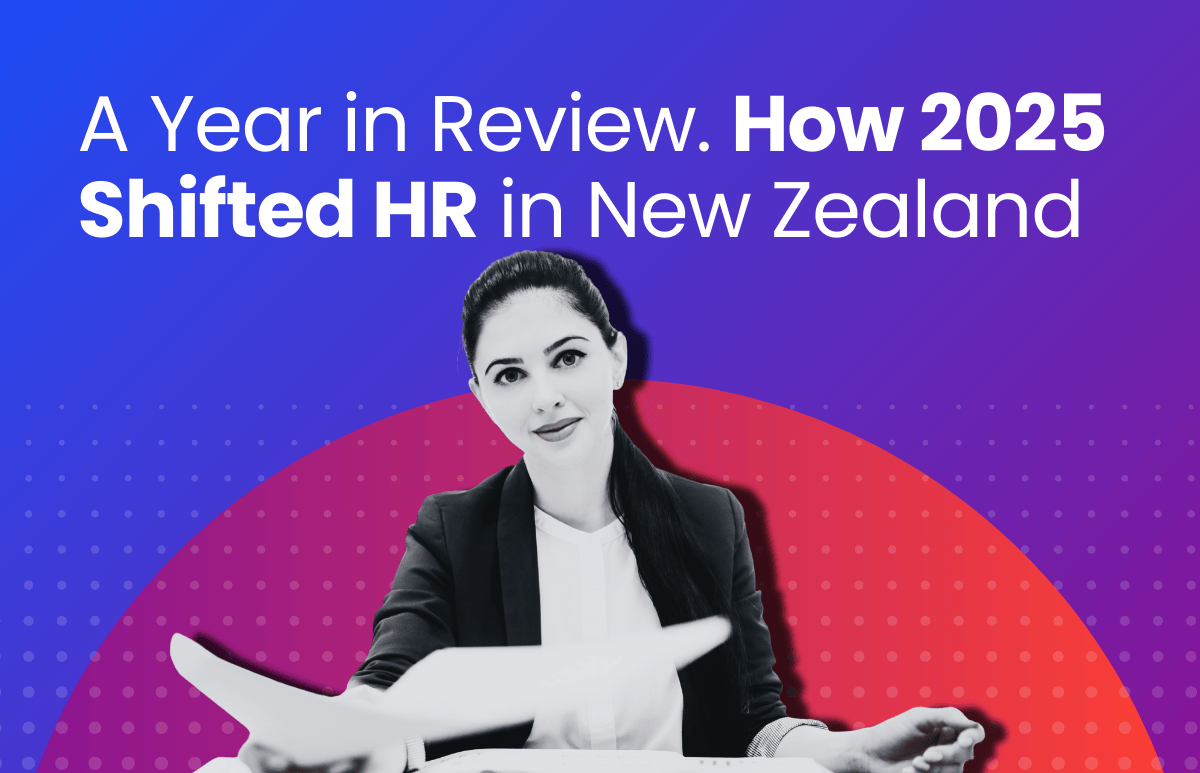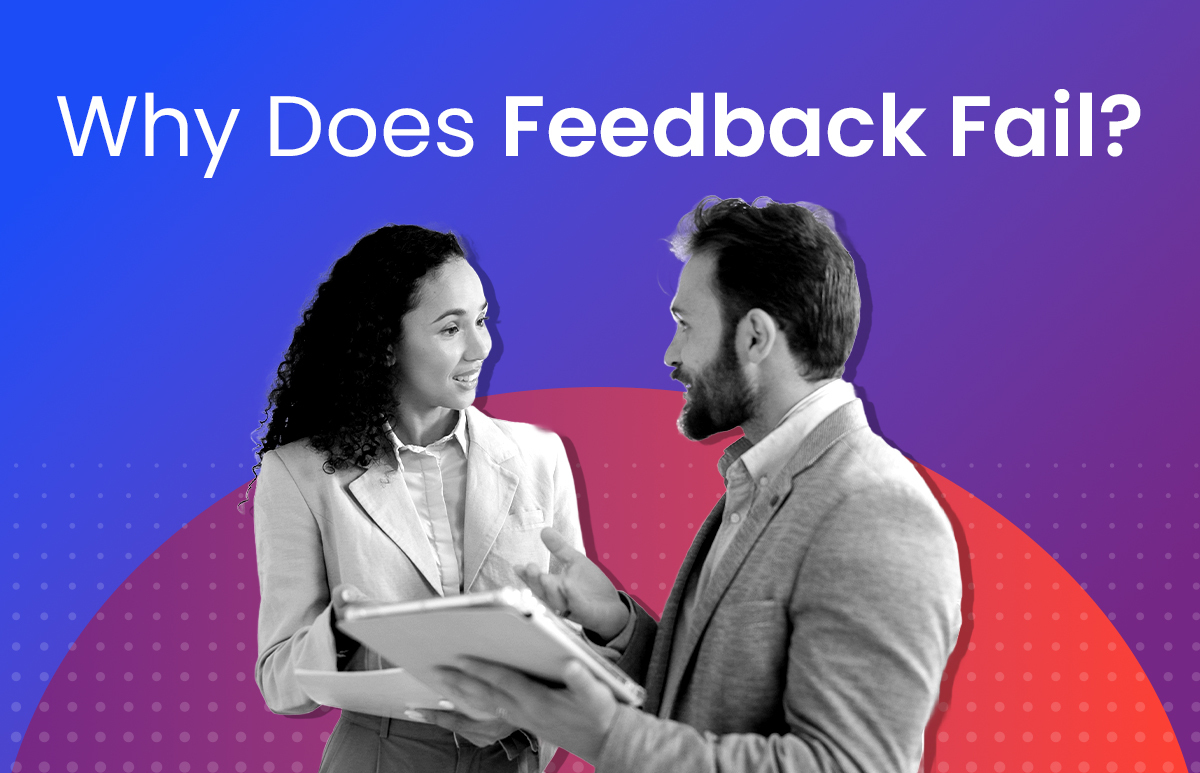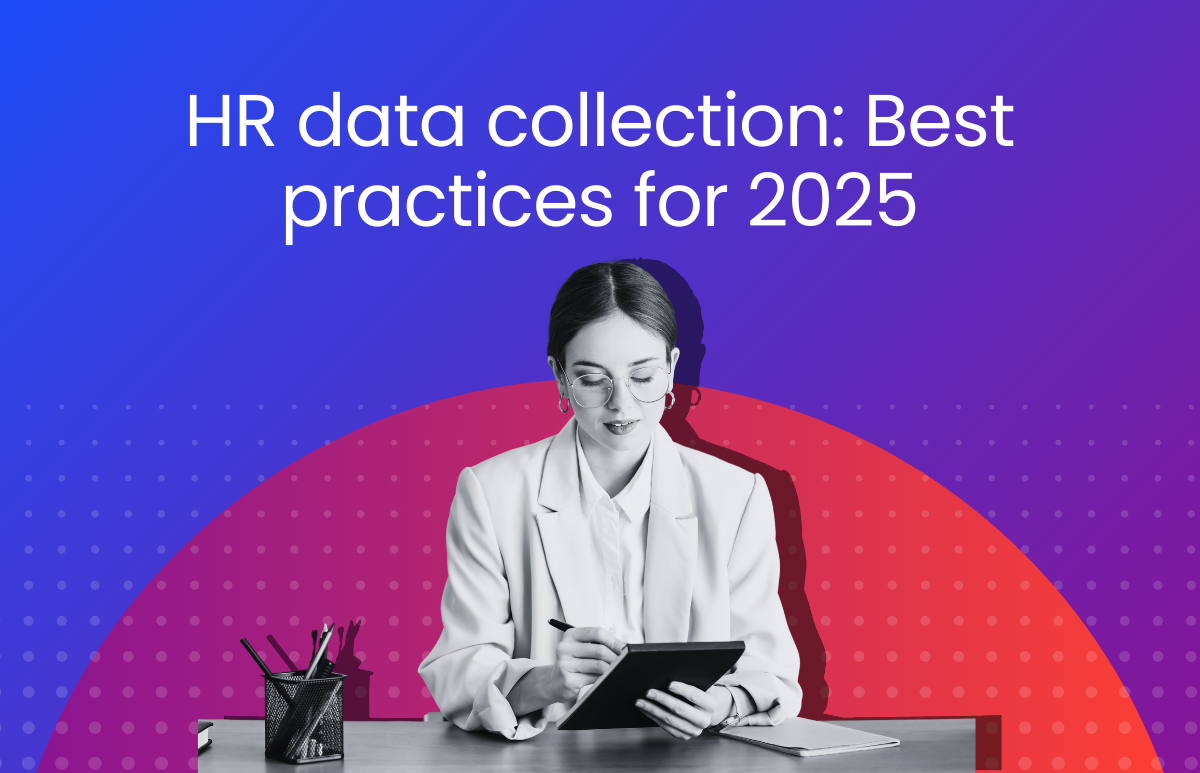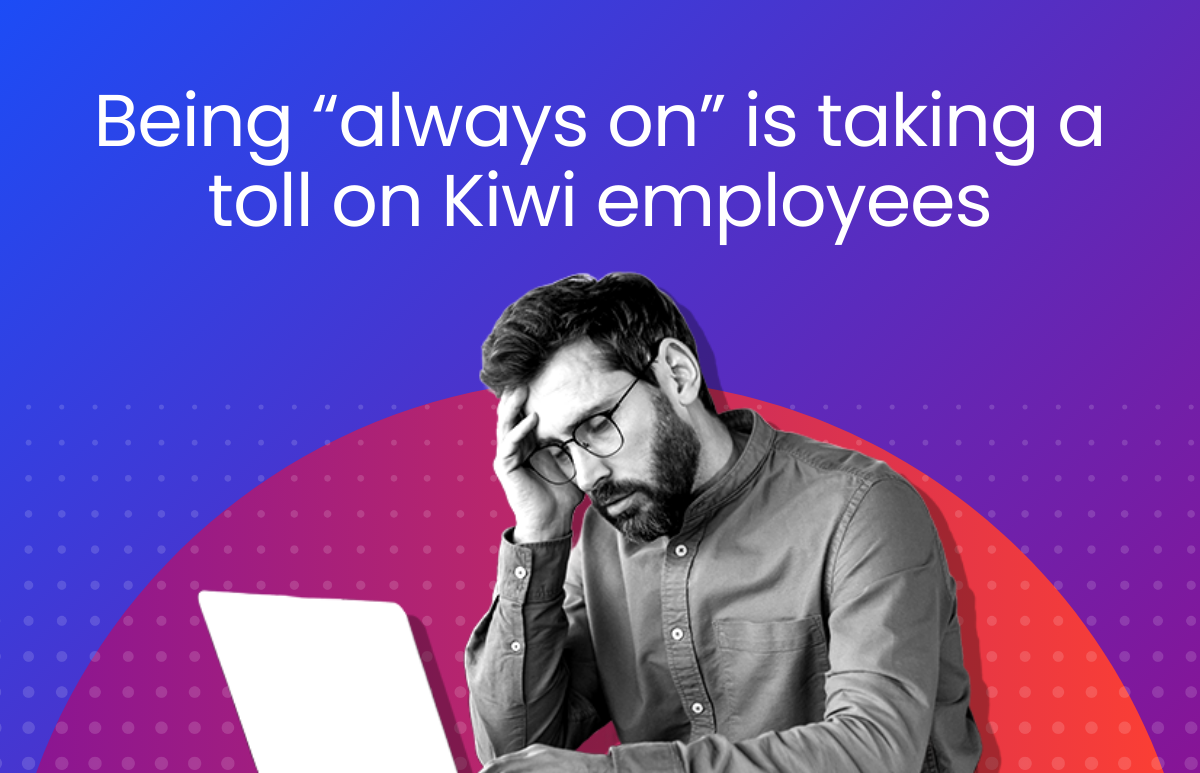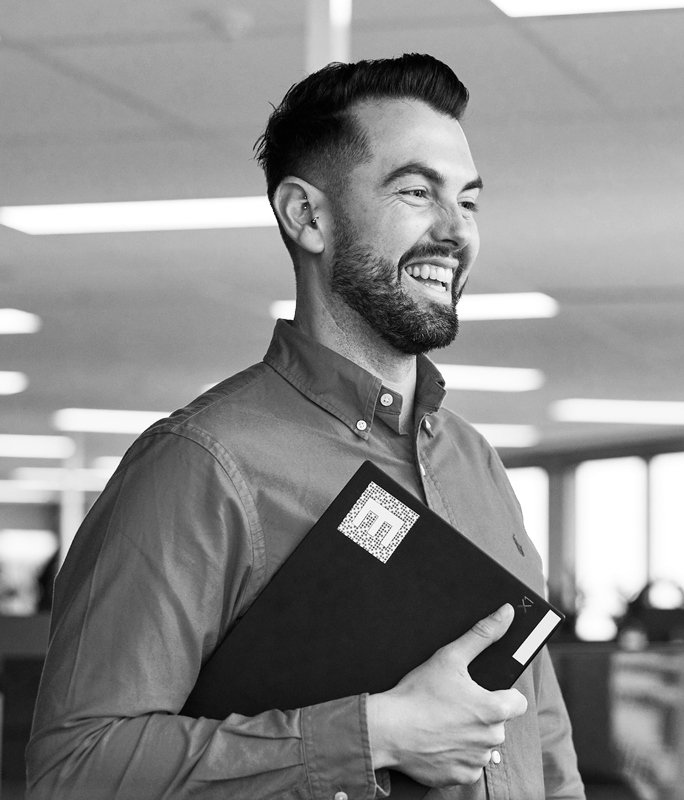From the frontline: Joshua Griffin, Special Broadcasting Service (SBS)
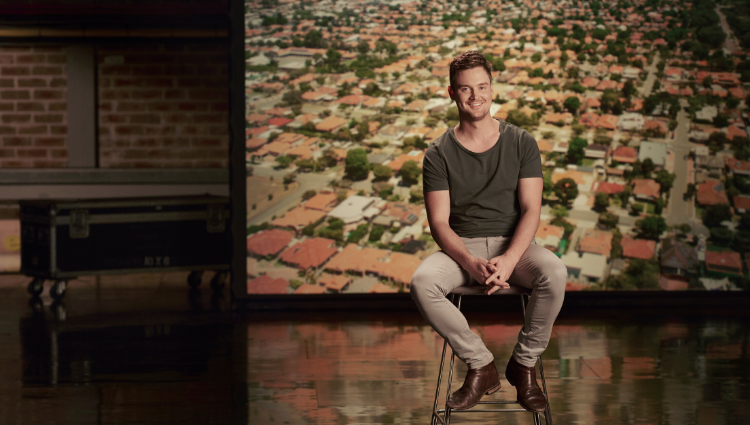
Conversations with HR thought leaders:

Joshua Griffin, Head of Inclusion and Talent Development at Special Broadcasting Service (SBS), shares his path to HR, why he’s passionate about the diversity & inclusion space, and why inclusion outcomes are enhanced by utilising “universal design” thinking at the very start of any initiative. He chats with Neil Phillips, Enterprise Business Development Manager at ELMO Cloud HR & Payroll.
Joshua Griffin says he “fell into” a career in HR. In fact, his early career aspirations were in the arts – he wanted to be an actor. To support himself while attending auditions, he took on a sales role within a digital wine retail business (The Cellarmasters Group) where a chance conversation with the Recruitment Manager led to him assisting her with a group assessment centre and his interest in HR was officially piqued.
Griffin soon found that be was better at selling job offers than wine and his appreciation for HR’s potential impact on business success was ramped up when Woolworths acquired the business he worked for, resulting in an opportunity to run various change management initiatives.
After working in several different HR roles at Woolworths, Griffin eventually found himself at the Special Broadcasting Service (SBS) working as a Senior Business Partner covering the organisation’s TV, radio and news teams. It was through his work at SBS that Griffin eventually moved into the D&I space.
Phillips: How did you move into the D&I area?
Griffin: Right from the start, I was interested in what SBS was doing in the diversity space. I grew up watching SBS and as Australia’s most diverse broadcaster, I knew they had a lot of skin in the game. Whilst the organisation has always been highly diverse as a result of our unique purpose, the D&I journey is never complete, and I felt there was more that we could be doing to harness our diversity, amplify our inclusive culture and support our positive gut feel with an informed and data led approach.
With support from the Executive team, I started work on gaining an understanding of what best practice in this space really looked like. I was less interested in flashy programs and videos and more interested in genuine stories of success and, equally, failure. Through that process, I just caught a bug about the whole topic and became really quite invested in finding a way to achieve more inclusive outcomes.
Shortly afterwards, my team and I put forward a proposal that was integrated into our overarching business strategy and following some further data validation and workshops, this eventually evolved into the SBS Inclusion Strategy.
Since the start of 2019, I’ve been the Head of Inclusion and Talent Development, which looks after our diversity and inclusion stream and the governance around that. My team also oversees learning and development, leadership capability, employee experience and talent acquisition.
Phillips: How have you seen the D&I space evolve in recent years?
Griffin: It depends whose space we’re talking about. In many organisations it’s come a long way, whilst in others, the story may be a little less positive – and this is precisely why we need to keep sharing, listening and learning.
Personally, I’ve certainly experienced a shift towards more nuanced conversations on what it means to be inclusive. We’re seeing the focus change from representation as the singular end goal to more qualitative measures of value, belonging and connection, as well as an appreciation for the myriad of factors (including representation) that may lead to those outcomes. As with all things, some players will do a better job at recognising this dynamic than others. Where I think there is still a way to go, is in the change management of large-scale D&I culture programs.
“Diversity & inclusion are two co-equal parts of the same equation, but they are different in some pretty fundamental ways. Any effective diversity and inclusion strategy should anticipate how they work together.”
Too often I see businesses expend all their energies on communicating and engaging with particular demographics, with little consideration given to how they are bringing along the majority of employees on the journey. Inclusion has positive outcomes for everyone, and if there are cohorts in an organisation who think that there is nothing in it for them or that it doesn’t apply to them, that’s a problem.
Phillips: In your experience are people confused about the differences between diversity and inclusion?
Griffin: I think that is somewhat true. Diversity & inclusion are two co-equal parts of the same equation, but they are different in some pretty fundamental ways. Any effective diversity and inclusion strategy should anticipate how they work together.
For example, it is possible for a business to have a low conflict environment, high in social cohesion where everyone feels a sense of belonging and value. Each member of this hypothetical team feels deeply included in the culture of the business, yet that same team may be extremely homogenous. If everyone is the same, with the same thought style, they may very well have low conflict and the team might feel great about coming to work, but your ability to generate out of the box ideas could cost you your place in the market.
Equally, you might have a highly diverse team of people from all walks of life, yet the culture is ruled by a ‘this is the way we do things around here’ mentality, which stifles diversity of thought and limits innovation.
This is where the difference between and importance of both diversity and inclusion become clear. Diverse teams bring diverse perspectives and ideas to problem solving, idea generating and product design, whilst a culture that fosters a sense of belonging and value enables those thoughts to be openly expressed, debated and therefore actioned upon. When designed well, an effective diversity and inclusion strategy should see these two things snowball off the back of one another.
Phillips: Where is SBS focusing its D&I efforts in 2020?
Griffin: We have a three-year strategy and 2020 will see us heading into the third year of that. Holistically, our focus is very much on continuing to build off our inclusive culture and finding ways to further integrate universal design principles into everything we do. Whenever we come up with something new internally, from the start we are considering how we can create something that is universally designed to work for everybody, regardless of their background.
We’re also focused on continuing to ensure that no one in the organisation feels that our strategy does not apply to, or benefit them. If you don’t engage consistently with everyone, you run the risk of either apathy around D&I because people don’t see themselves represented – ‘it’s a program for that particular group of people’, or worse, you have backlash because of perceived unfairness that some groups of people are seen to be gaining a benefit whilst others are being left behind.
You overcome that by creating a culture where the inclusivity of design is not necessarily about identity or demographics; it’s about our culture and how we treat one another. As with any change program, if you don’t bring people along the journey, you’re going to set yourself up for backlash or failure later on.
Phillips: What’s your advice to other employers who are perhaps starting a D&I initiative from scratch or are revamping their offerings?
Griffin: Firstly, D&I programs don’t need to be expensive. We’ve had great success at SBS with efficient processes, investing time and effort to establish a model that puts our employees at the centre, and empowers them to tell us their lived experience. What we didn’t want was a tone-deaf model that saw us say ‘we’re going to roll out this program and our employees will be grateful to us’. So that’s made a huge difference. We are an organisation with limited resources, but a tonne of passion and goodwill, so we’ve used that to good effect.
“Whenever we come up with something new internally, from the start we are considering how we can create something that is universally designed to work for everybody, regardless of their background.”
Many organisations are focused on the creation of big flashy programs, and a big company with tens of thousands of employees probably needs those programs to deliver at that scale. However, in my experience, some of the most impactful changes have come about from quick, lo-fi roundtable exercises where we’ve gathered some diverse perspectives in a room and asked them to critically examine our internal processes.
We did this with our recruitment process. We gathered a number of people from across the business, sat down and looked at each stage of our process, from when we put out a job ad to when someone finishes their first week with us. We explored where there might be barriers for people accessing or engaging with each stage, and within 20 minutes we had an action plan which identified a whole range of improvements including many I hadn’t initially considered.
Finally, I think a fear of getting things wrong can pose a major challenge, and I think employers need to consider how they encourage genuine and respectful curiosity. A fear to ask respectful questions can unintentionally lead to people being shut out. Of course, it’s important to have boundaries, but fear and discomfort can be really detrimental to the creation of an inclusive culture. After all, none of us can be expected to know everything.
 HR Core
HR Core 
